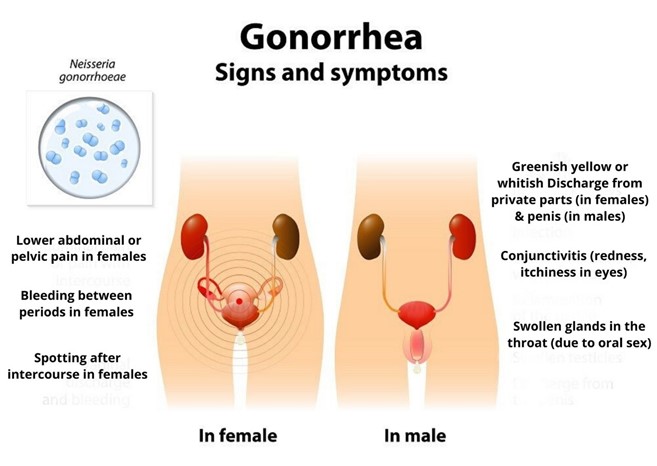A nurse at a rural clinic is interviewing a family who has different cultural beliefs than the nurse. The family reports seeing a folk healer. Which of the following statements should the nurse make?
"Alternative medicine practices can be dangerous and should be avoided."
"Describe how you hope the treatments will affect your health."
"Many folk medicine treatments work by providing a placebo effect."
"I can refer you to a medical practitioner for your health care needs."
The Correct Answer is B
The correct answer is choice B. When caring for clients from different cultural backgrounds, it is important to be respectful and non-judgmental. In this situation, the nurse should ask the family to describe how they hope the treatments will affect their health. This will allow the nurse to gain a better understanding of the family's beliefs and values regarding health and illness. The nurse should avoid making assumptions or judgments about the family's beliefs and should not criticize or dismiss the folk healer. Alternative medicine practices (choice A) can be dangerous in some cases, but it is not appropriate to make a blanket statement that they should be avoided. Suggesting that folk medicine works by providing a placebo effect (choice C) is not respectful of the family's beliefs and is dismissive of their cultural practices. Referring the family to a medical practitioner (choice D) may not be appropriate if the family has a strong belief in folk medicine practices.
Nursing Test Bank
Naxlex Comprehensive Predictor Exams
Related Questions
Correct Answer is B
Explanation
The correct answer is choice B, "Gonorrhea." Gonorrhea is a reportable infectious condition that must be reported to the Centers for Disease Control and Prevention (CDC). While genital herpes simplex virus, bacterial vaginosis, and human papillomavirus are also sexually transmitted infections, they are not reportable to the CDC. It is important to report cases of gonorrhea to the CDC for surveillance and control purposes.

Correct Answer is C
Explanation
If a nurse encounters a client with a suspected bioterrorism-related illness, the first action should be to don personal protective equipment (PPE). This includes a mask, gloves, gown, and eye protection. Moving the client to a quarantine area (choice A) may be necessary, but it should come after the nurse has taken steps to protect themselves and others. Reporting the client's condition to the Federal Bureau of Investigation (FBI) (choice B) is not the nurse's responsibility, but they should report the illness to their supervisor or public health department.
Whether you are a student looking to ace your exams or a practicing nurse seeking to enhance your expertise , our nursing education contents will empower you with the confidence and competence to make a difference in the lives of patients and become a respected leader in the healthcare field.
Visit Naxlex, invest in your future and unlock endless possibilities with our unparalleled nursing education contents today
Report Wrong Answer on the Current Question
Do you disagree with the answer? If yes, what is your expected answer? Explain.
Kindly be descriptive with the issue you are facing.
